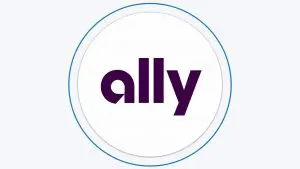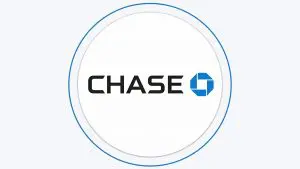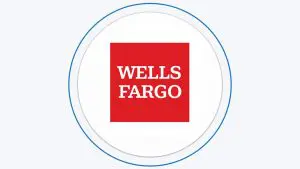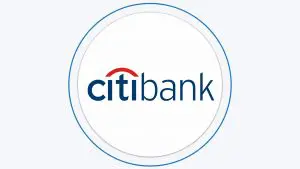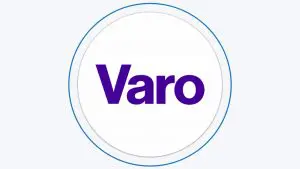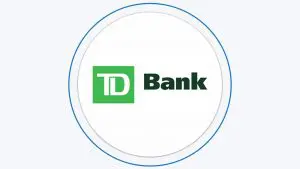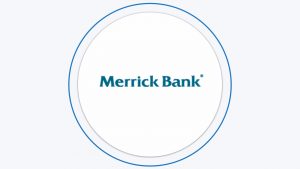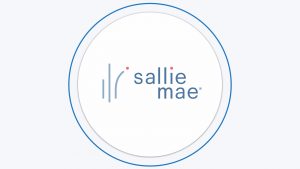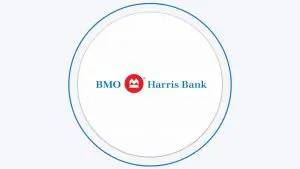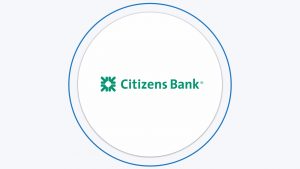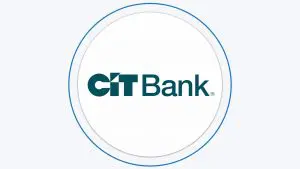Table Of Content
Key Takeaways
- After opening an account, you may fail to initiate any transaction because of different reasons. If you do not initiate any transactions for twelve months, your account becomes inactive.
- An inactive account becomes dormant after two years. Most banks consider dormant accounts as abandoned accounts after remaining dormant for three to five years.
- Once your bank considers your account abandoned, it will make efforts to notify you. If the bank cannot notify you, the funds in the account are escheated to the state treasury department of your state.
- The funds remain there until you file a claim. There are documents that your state will need to prove ownership of the account. When your claim is successful, the state returns the cash equivalent of the funds in your account at the time of escheatment.
When Is Your Bank Account Considered Inactive?
When you open a bank account, the bank expects you to perform different transactions regularly.
If you have more than one account, it is best to keep track of all your accounts and initiate transactions to prevent them from becoming inactive or dormant. If you use your account less frequently or do not use it at all, it may become inactive or dormant.
Different circumstances can make your bank account to be considered inactive. Below are scenarios when your account is considered inactive.
-
No Customer-Initiated Transaction For 12 Months
A bank account is considered inactive if it does not have a customer-initiated transaction for one year. There are different customer-initiated transactions, including check or cash deposits, withdrawals, and online and ATM transactions.
Therefore, your account is inactive if you have not initiated any of the aforementioned transactions and other transactions you can initiate by yourself for twelve months.
System-generated transactions such as interest credits do not count.
-
Inability To Perform Basic Transactions
Your account is considered inactive if you cannot perform some common transactions. For example, you cannot request a checkbook and debit card when your account is inactive. Moreover, you cannot use internet banking or get passwords.
Once your account becomes inactive, you cannot perform basic transactions. However, you can activate your account by performing basic banking activities, including fund transfers, cash deposits, and withdrawals.
Also, you can activate your account by contacting your bank or through internet banking.

What Is a Dormant Account?
A dormant account is a financial account that has not posted customer-initiated transactions for a set period, usually 24 months. The exact time frame varies from state to state. In some states, your account can go dormant after twelve months while in others most bank accounts become dormant after 36 months.
The financial accounts that can be flagged as dormant include savings accounts, checking accounts, certificates of deposit, investment, and money market accounts. Your account is considered dormant if it exhibits the following features:
- Inactivity for 12-36 months: Different banks set a given inactivity period after which your account becomes dormant. If your account remains inactive for more than two years, it is considered dormant. A dormant account is an inactive account that remains inactive for more than 24 months.
- Consideration by state laws: State laws consider an account to be dormant after having no activity for a specific period, usually 24 months. State laws stipulate that financial institutions need to make efforts to contact dormant account holders. You can claim funds in a dormant account at any time.
Do Banks Close Accounts For Inactivity?
Banks close accounts for inactivity. When your account remains inactive for a period of three to five years, the bank considers it abandoned. As a result, it will close the account and reach out to return any funds in the account.
Some banks notify the account holders by publishing names in a local newspaper or sending letters to the last known address.
According to the Office of the Comptroller of Currency, your account is considered abandoned when there is no client-initiated activity for 36 months. The specific period depends on the escheatment laws in every state. Before banks close your account for inactivity, it considers different things.
Here are the main aspects relating to account closure due to inactivity.
-
Duration Of Inactivity
Banks close inactive accounts after considering whether it is abandoned. The period in which an account is considered abandoned varies from state to state.
The duration of inactivity before account closure is usually between three and five years.
-
Notice
Before your account is considered abandoned, the bank will try to inform you that the account is inactive. The notice explains the things to do to confirm that you have not abandoned your account. If you have not abandoned your account, the balance in the account is not transferred to the state.
However, if the bank establishes that your account is abandoned, the funds in the account are transferred to the state treasury department. Some states have frameworks that require the bank to notify you of the inactivity before the funds are transferred to the state.
-
Escheating
If the bank is unable to locate you after making attempts and the account remains inactive, your bank reports the account to the state where you hold the account.
The state then claims the account through escheatment and it becomes the owner of the account. The state holds the account as a bookkeeping entry against which you can make a claim.
After you make a valid request, the state provides you with funds equal to the account's value at the time of escheatment. You can avoid account closure due to inactivity by initiating transactions every once in a while.
You can add a direct deposit to your account to prevent inactivity. Through this, funds will be credited to your account every month, keeping it active.
How Long Can a Bank Account Remain Inactive?
Your account becomes inactive if you do not use it by either making deposits, withdrawals, or other transactions for up to twelve months.
In some instances, you forget about your account and it becomes inactive. If your account has been inactive for more than twelve months, it becomes dormant. Therefore, a bank account remains inactive for one year before it becomes dormant.
It may be rare for an account to be inactive for more than one year or become dormant but it happens to many clients. If an account has funds and it becomes inactive and dormant, it is transferred to the state after some time.
Can I Withdraw Money From An Inactive Account?
Once your account becomes inactive, after twelve months it becomes dormant. Also, your account can become dormant if you do not initiate any transactions for two years.
Dormant accounts are free of statute limitations and you or your beneficiary can withdraw the funds at any time.
If money is transferred to a dormant account, you can retrieve your funds. If your account is dormant and attempts by the bank to contact you prove futile, the funds are transferred to the state treasurer.
After the funds are escheated, you can make claims. If your request is valid, you receive the cash value of what was in the account at the time of escheatment.

How to Claim Escheated Funds from a Dormant Account
The process of claiming escheated funds from a dormant account varies from state to state. Generally, claiming escheated funds involve the following.
-
Filing A Claim
The process of claiming funds transferred to the state treasurer begins by filing a claim. You must file the claim with the state that escheated your account to recover the funds.
The process and rules of filing a claim vary from state to state. However, you should be able to provide proof of ownership of the account.
Some states have time limits when you have to make escheatment claims.
-
Successful Claim
Your claim becomes successful if you provide the documents required by the state to prove ownership of the account. Once your claim is successful, the state returns the cash value of the funds in the account at the time of escheatment.
As such the amount does not include any interests or dividends that accrue after the account is escheated.
How to Avoid Bank Accounts Becoming Dormant?
Dormant accounts are costly to banks. Therefore, financial institutions close such accounts to lower or avoid future costs. After closing the accounts, financial institutions escheat the funds to the state treasury department of your state.
Considering the costs of dormant accounts to financial institutions, it is important to avoid your account from becoming dormant.
Below are how you can avoid your bank account becoming dormant.
- Active engagement. You can prevent your account from becoming dormant by actively engaging with it. You can actively engage with your account by logging into it and depositing or withdrawing funds.
- Automating your savings. Your account remains active if it is getting client-initiated transactions regularly. You can automate savings by setting automatic transfers to keep your account active. For example, you can put $5 into your account every month to keep it active.
- Keep track of your accounts. It is best to monitor all your accounts regularly. The use of technology makes it easier to keep track of all your accounts. This way you will not forget about your accounts and risk dormancy. Alternatively, you can have your account statements in an area where you can see and monitor all your accounts and their balances.
- Clean up old accounts. Sometimes you open different accounts for different purposes. This often leads to the accumulation of many accounts over time leading to the possibility of forgetting them. Once you forget them, they fall dormant after a while. You can deal with this problem by consolidating your funds and cleaning old accounts.
Top Offers From Our Partners
FAQs
Do Banks Automatically Close Inactive Accounts?
Your bank account becomes inactive after a given period. There are different reasons why banks automatically close accounts without giving any notice to the account holder. Banks can close your account when it is inactive or used infrequently.
You can assess the deposit account agreement of your bank for specific policies on account closure.
What Happens if a Bank Account Is Inactive for 3 Years?
If a bank account is inactive for three years, it is regarded as an abandoned account. This is because of no customer-initiated activity for a period of between 36 and 60 months.
Your bank tries to notify you of the state of your account and then turns over the funds to the state treasurer.
Can Savings Account Become Dormant?
Yes. Savings accounts are among the accounts that can become dormant. The other types are checking accounts, brokerage accounts, 401 (k) accounts, and pension fund accounts.
Savings account become dormant if you do not initiate any transactions for more than two years. Such transactions include deposits, withdrawals, logging into your account, and contacting your bank.
Banking Reviews
Alliant Credit Union Review
